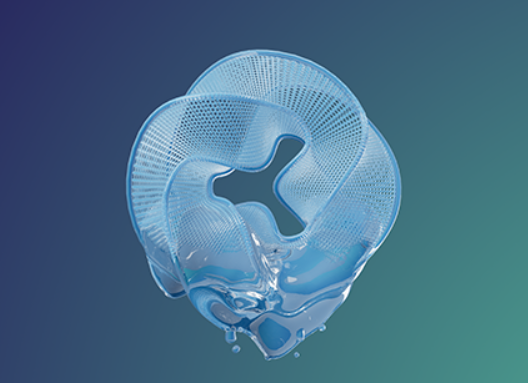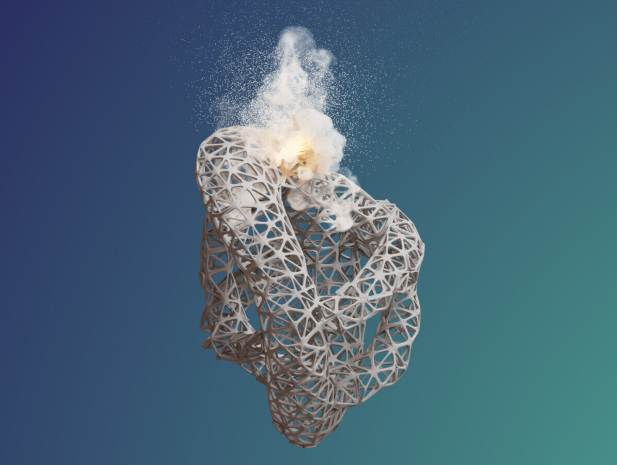Arkema, a French chemical and material company, has launched two new custom formulations that are high-performance to expand its UV-curing range at Formnext 2022.
N3D HITEMP062, which is a high-temperature hybrid material with toughness, along with N3D -CAST063, offer a matte surface that allows details to be visible and a melting behaviour during burnout for high quality castings. Arkema claims that it has added an elastomeric material to its portfolio of engineered resins. It offers a balance between elongation at break of 170%, and tear strength 33 kN/m.

Current partnerships with EOS/Stratasys
Arkema presented new powder bed fusion technology at Formnext 2022. It was led by iconic brands like Kepstan PEKK high performance thermoplastic and Rilsan, bio-based polyamide.
Arkema announced that the PA1101, a novel carbon-neutral powder, will be launched by EOS as part of their ongoing partnership in responsible manufacturing. To meet the requirements of high-temperature applications in the Oil & Gas and Electrical & Electronic markets, Arkema and EOS are expected to unveil a novel Kepstan PEKK powder for the EOS P 810 system, that offers higher ductility, higher recyclability, and excellent electrical insulation.
Arkema announced the launch of Kimya Kepstan PETKK-SC 3D filament in Stratasys Validated Materials Ecosystem. This Ecosystem was created by its partners Kimya, Stratasys and features a variety of advanced polymers that are suitable for filament extrusion printing technology. According to Arkema, this high-performance thermoplastic filament “exceeds expectations” in the harshest industrial environments, for instance, end-use Oil & Gas applications such as backup rings.

Future partnerships and innovations
Arkema has developed two new, fully-formulated materials in collaboration with Continuous Composites. They are now available for exclusive use only with the Continuous Composites Enterprise system. The PolyMatTM Tg product can be used for printing continuous glass or carbon fibers, resulting in lightweight, high temperature constructions. Carbon Bonded Carbon precursor pieces for ultra-high temperatures applications are made from ceramic Carbon/Carbon resin.
Arkema’s collaboration with BCN3D to develop resins for their VLMTM 3D printing system is aimed at the industrial, transportation, consumer, and sporting goods markets.
Arkema’s 3D used printed parts and powders recycling solution Virtucycle program is being offered interested to consumers by HP. The Virtucycle program provides eco-design expertise, recyclability and recycling guarantees, and recycled high-performance polymers to Arkema’s polymer customers and downstream users.
3YOURMIND, an on-demand manufacturing software provider, and Arkema have also revealed the launch of ‘Easy 3D’, an online digital platform that links Arkema customers to suppliers that provide Arkema materials. Engineers who use this platform are given access to Arkema’s material suggestions, which assist in decision-making and part application development for on-demand manufacturing.
Elsewhere, Arkema has joined Replique‘s material partner network. Replique is an additive manufacturing company that enables manufacturers to make the transition from a physical to digital inventory, and provide spare parts worldwide on demand.
In additive manufacturing, sustainable materials
EOS, the powder bed-fusion (PBF3) 3D printer designer, and Siemens, the industrial manufacturing company, recently launched new sustainable 3D print powders and applications at Formnext. EOS introduced two environmentally-friendly materials after Siemens demonstrated how 3D printing’s inherent design freedoms can dramatically reduce the footprint of automotive grippers. Previously powered by gasoline, the company’s carbon-reduced PA 2200 now emits nearly 45% less CO2. EOS also has a climate-neutral PA 2200 that’s bio-based and does not compromise on quality.
Tvasta Manufacturing Solutions, located in Chennai, began work with India Cements earlier to create a novel, sustainable 3D-printed material for construction. As part of a ‘strategic collaboration’ agreement, the companies agreed to exchange technologies and conduct joint R&D in order to develop a novel, eco-friendly cement formulation. The companies had collaborated on projects for both the Indian Air Force and private sectors. They wanted to increase their collaboration to reduce the resource-intensive nature of Indian construction.
Braskem, Brazil’s petrochemical firm, has launched its first 3D printing filaments. The new range of filaments, made from bio-based EVA (bio-based ethylene vinyl Acetate), recycled polyethylene PE (PE) and polypropylene PP (polypropylene PP), was displayed at the RAPID+ TCT trade fair in Detroit. Jason Vagnozzi, Braskem’s Global Commercial Director of Additive Manufacturing said, “Braskem has a longstanding history of innovating and producing more sustainable bio-based polymer 3D printing filaments reaffirms our commitment to a more circular, carbon-neutral future.”
This link will take you to all of the information. Formnext 2022 news.
To stay up to date with the latest 3D printing news, don’t forget to subscribe to the 3D Printing Industry Newsletter Follow us on TwitterYou can also like our page Facebook.
While you’re here, why not subscribe to our Youtube channel? Featuring discussion, debriefs, video shorts, and webinar replays.
Are you looking to find a job in additive manufacturing? Visit 3D Printing Jobs Here are some examples of the roles available in this industry.
Feature image shows Arkema’s headquarters in Colombes, France. Arkema.